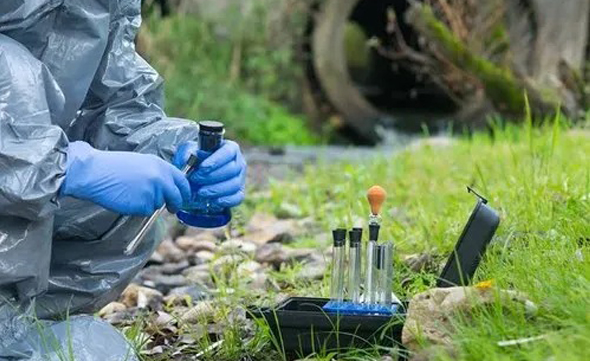Environmental due diligence studies, also known as environmental site assessments or Phase I Environmental Site Assessments (ESAs), are conducted to evaluate the environmental condition of a property or site before a real estate transaction, development, or investment takes place. The purpose of these studies is to identify potential environmental liabilities, risks, or contamination on the site, which can have legal, financial, and operational implications.
Here are the key components and considerations typically involved in environmental due diligence studies:
Historical Review
A thorough review of historical records, including site plans, aerial photographs, maps, permits, and regulatory databases, is conducted to identify any past or present uses of the property that could have led to environmental contamination.

Site Inspection
A physical inspection of the property is performed to identify any visible signs of potential environmental issues, such as storage tanks, hazardous materials, or evidence of spills or releases.
Regulatory Compliance
The study evaluates whether the property complies with applicable environmental regulations, permits, and requirements. This includes reviewing permits, licenses, and compliance records related to air quality, water quality, hazardous waste management, and other environmental aspects.
Records Review
Environmental due diligence studies involve reviewing available environmental reports, such as previous site assessments, environmental audits, or remediation reports, to identify any existing or potential contamination issues.
Interviews and Site History
Interviews with current and past property owners, tenants, and neighboring stakeholders may be conducted to gather information about the site's historical uses, potential contamination sources, or known environmental issues.
Risk Assessment
Based on the information gathered, a risk assessment is conducted to evaluate the likelihood and potential consequences of environmental contamination on the property. This may involve assessing the proximity to pollution sources, evaluating groundwater or soil conditions, and considering potential human health and ecological risks.
Legal and Financial Liabilities
The study assesses potential legal and financial liabilities associated with environmental contamination, including the costs of remediation, regulatory fines, and potential lawsuits. It also examines the potential impact on property value, insurance coverage, and future development plans.





